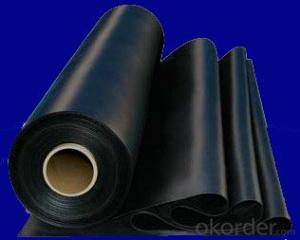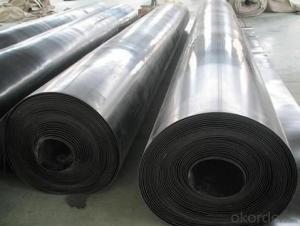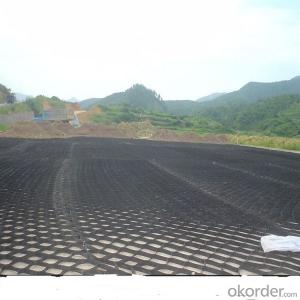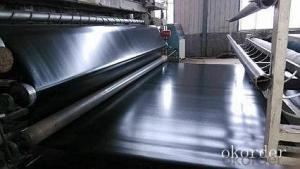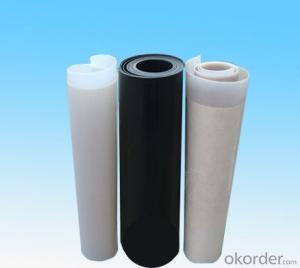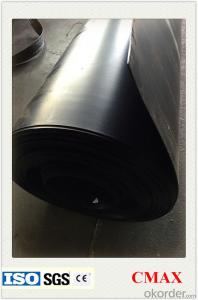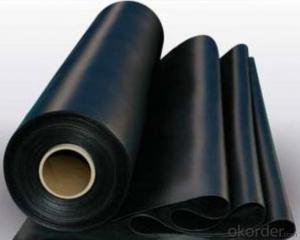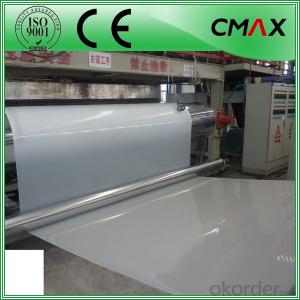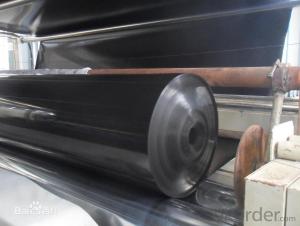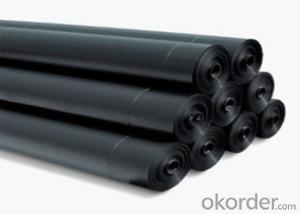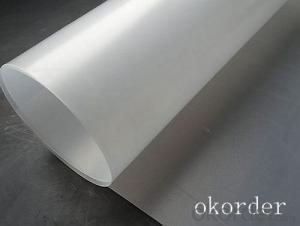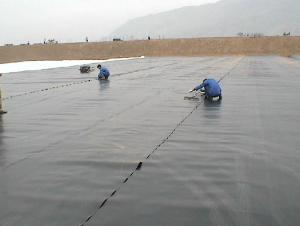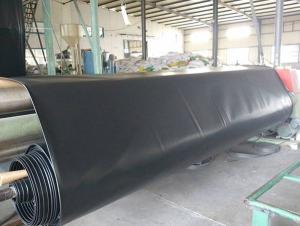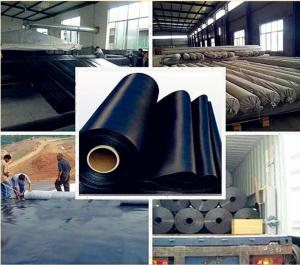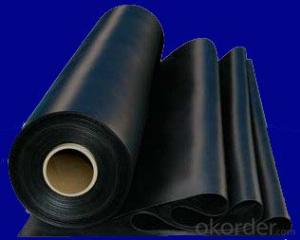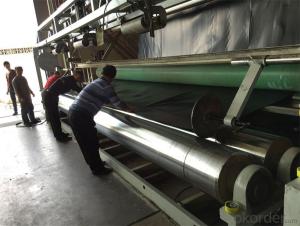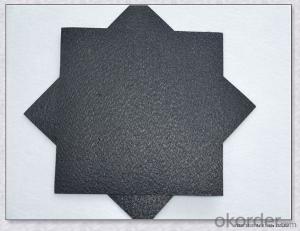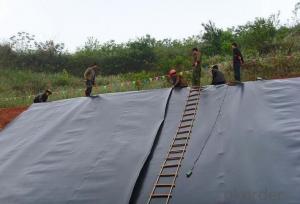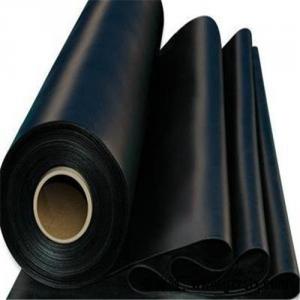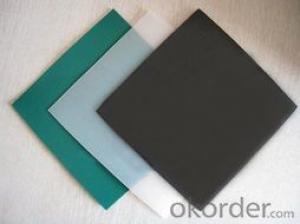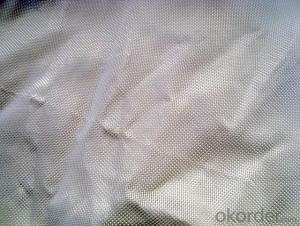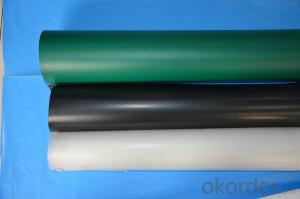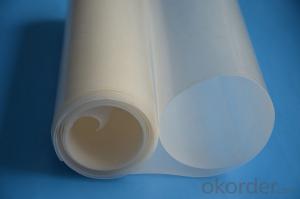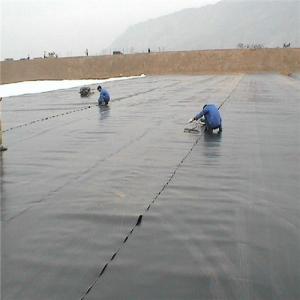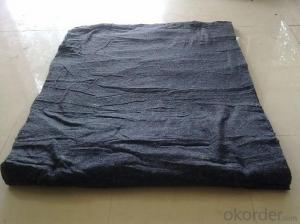Geomembrana Hdpe 2mm
Geomembrana Hdpe 2mm Related Searches
Geomembrana Hdpe 2 Mm Precio Geomembrana Hdpe 1mm Hdpe Geomembrana Geomembrana Hdpe Geomembrana In Hdpe Geomembran Hdpe Geomembrana De Hdpe Geomembrana Hdpe 1 Mm Precio Geomembrane Hdpe Geomembrana Hdpe 40 Mils Wholesale Hdpe Geomembrana Geomembrane In Hdpe Geomembrana Ldpe Hdpe Geomembrane Machine Precio Geomembrana Hdpe 1.5 Mm Hdpe Smooth Geomembrane Geomembrana Hdpe Sodimac Hdpe Membrane Hdpe Geomembrane Sheet Geomembrana Lldpe Gse Hdpe Geomembrane Hdpe Geomembrane Specifications Hdpe Textured Geomembrane Rollo De Geomembrana Hdpe Hdpe Geomembrane China Wholesale Geomembrane Hdpe Reinforced Hdpe Geomembrane Wholesale Hdpe Geomembrane 60 Mil Hdpe Geomembrane Pegamento Para Geomembrana HdpeGeomembrana Hdpe 2mm Supplier & Manufacturer from China
Geomembrana HDPE 2mm is a high-quality and durable geomembrane made from high-density polyethylene (HDPE) material, which is widely used in various industries due to its excellent chemical resistance, UV resistance, and mechanical strength. This product is specifically designed for applications that require a strong and reliable barrier, such as in landfills, reservoirs, and other containment structures.The usage scenarios for Geomembrana HDPE 2mm are diverse, encompassing environmental protection, water management, and construction projects. It is commonly utilized in the lining of waste containment facilities, water storage reservoirs, and as a barrier in canal and pond linings. The product's versatility and effectiveness make it an ideal choice for projects where watertightness and chemical resistance are paramount.
Okorder.com is a reputable wholesale supplier of Geomembrana HDPE 2mm, offering a vast inventory to cater to the needs of various industries. With a commitment to quality and customer satisfaction, Okorder.com ensures that clients receive the best possible product at competitive prices. This makes it a go-to source for those seeking a reliable and cost-effective solution for their geomembrane requirements.
Hot Products

